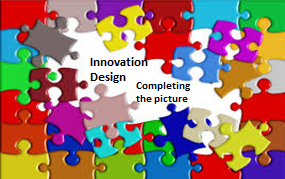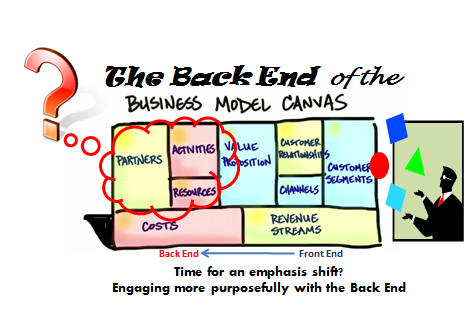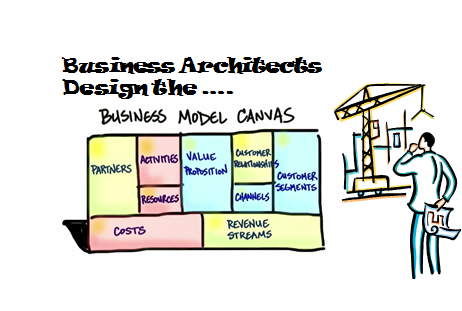
When you look at all the (broken) parts within innovation it takes some time to figure out how you can piece it all together to make it a better whole improving on what you had
Innovation and its management is just this place this needs to be pieced together. It often cries out for it.
Most people that work in our business organizations are spending their increasing time in piecing their part of the innovation equation together to make innovation work and trying to improve on the existing conditions to deliver new products and services.
People are spending a greater part of their time have to work on fixing the system and its many faulty parts, let alone finding time to work on any new concept or learn differently. Is it not about time we stepped back and really thought through the design of innovation and its managing? Why is this so hard to do?




